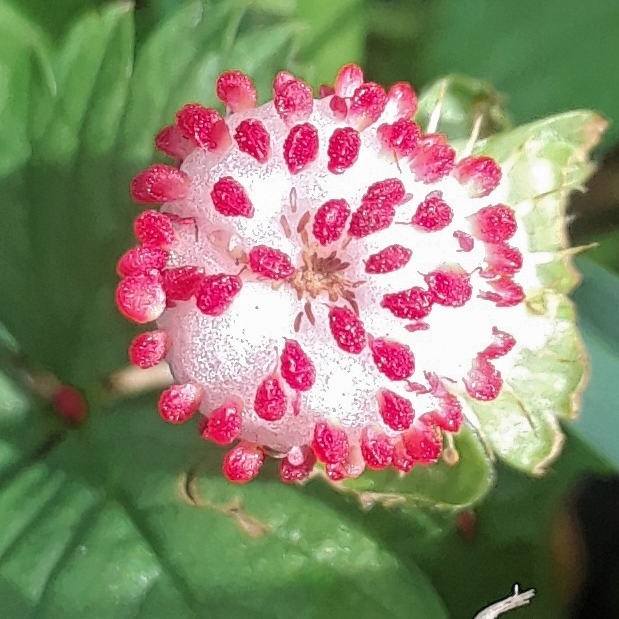
Potentilla Indica (Andrews)
Duchesnea indica
Duchesnea indica (sometimes called Potentilla indica), known commonly as mock strawberry, Gurbir, Indian strawberry or false strawberry, has foliage similar to a wild strawberry, but the flowers are yellow, and the fruit, while looking somewhat similar to a wild strawberry, has little flavour.f
-
Full sun
-
Occasional watering
-
Full Frost Hardy: 5F (-15°C)
-
Free draining and fertile
Common name
Duchesnea indica
Latin name
Potentilla Indica (Andrews)
type
Herbaceous Perennials
family
Rosaceae
ph
5.0 - 7.5 Acid - Neutral
Plant & bloom calendar
-
Best time to plant
-
When the plant will bloom
full grown dimensions
 0.45 M
0.20 M
0.45 M
0.20 M
Potentilla Indica (Andrews)
Duchesnea indica (sometimes called Potentilla indica), known commonly as mock strawberry, Gurbir, Indian strawberry or false strawberry, has foliage similar to a wild strawberry, but the flowers are yellow, and the fruit, while looking somewhat similar to a wild strawberry, has little flavour.f
Flowering
From Late Spring TO Mid Autumn
Potentilla flowers freely through the summer, often well into autumn. Cut back flower stems, except for P. fruticosa varieties, as flowers fade.
Planting
From Late Autumn TO Early Spring
Plant from autumn to spring in any moderately fertile and well-drained soil except P. crantzii, P. cuneata and P. nitida, which need a gritty, poor soil if they are to produce a good display of flowers. All potentillas prefer a sunny situation.











